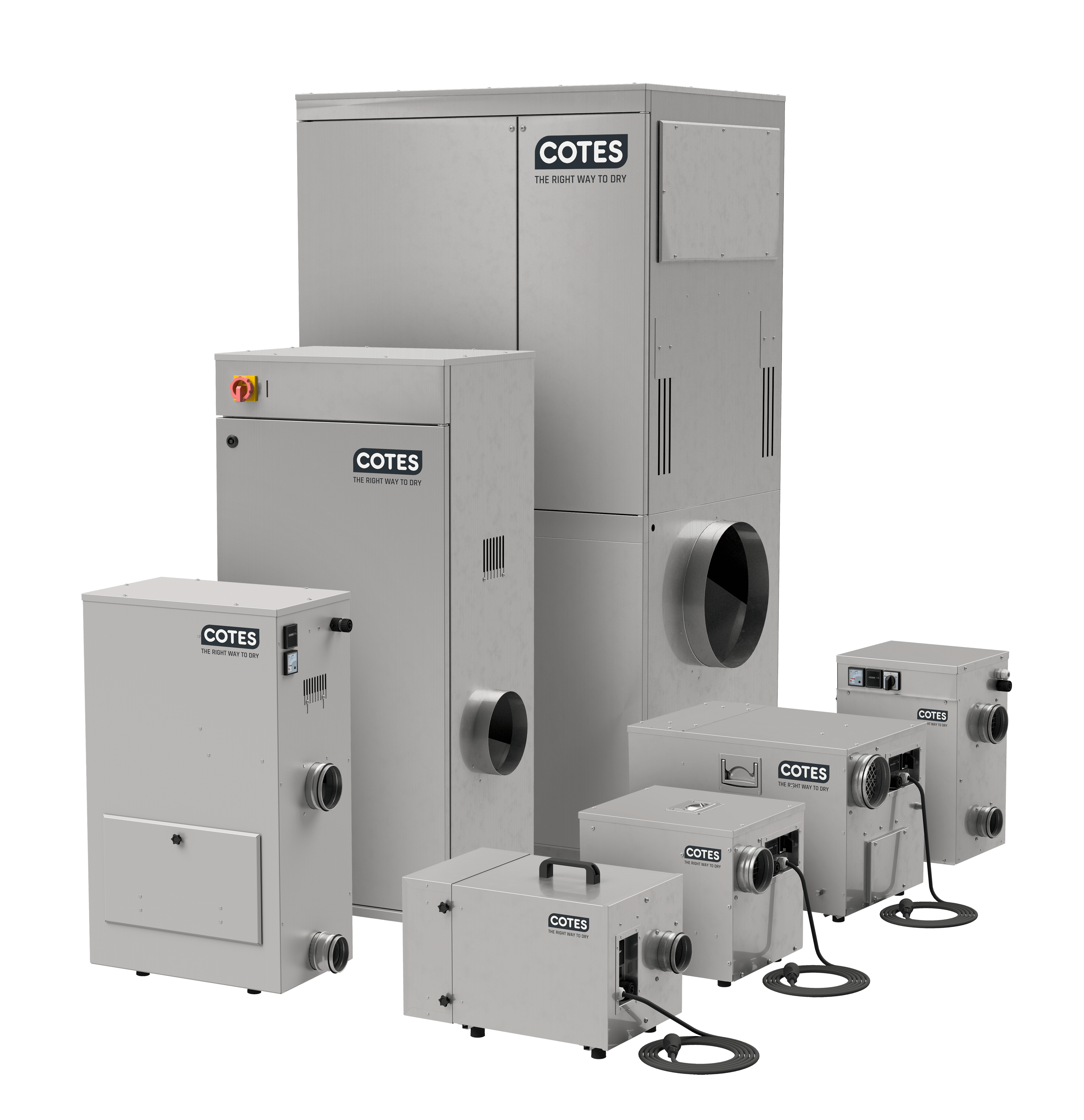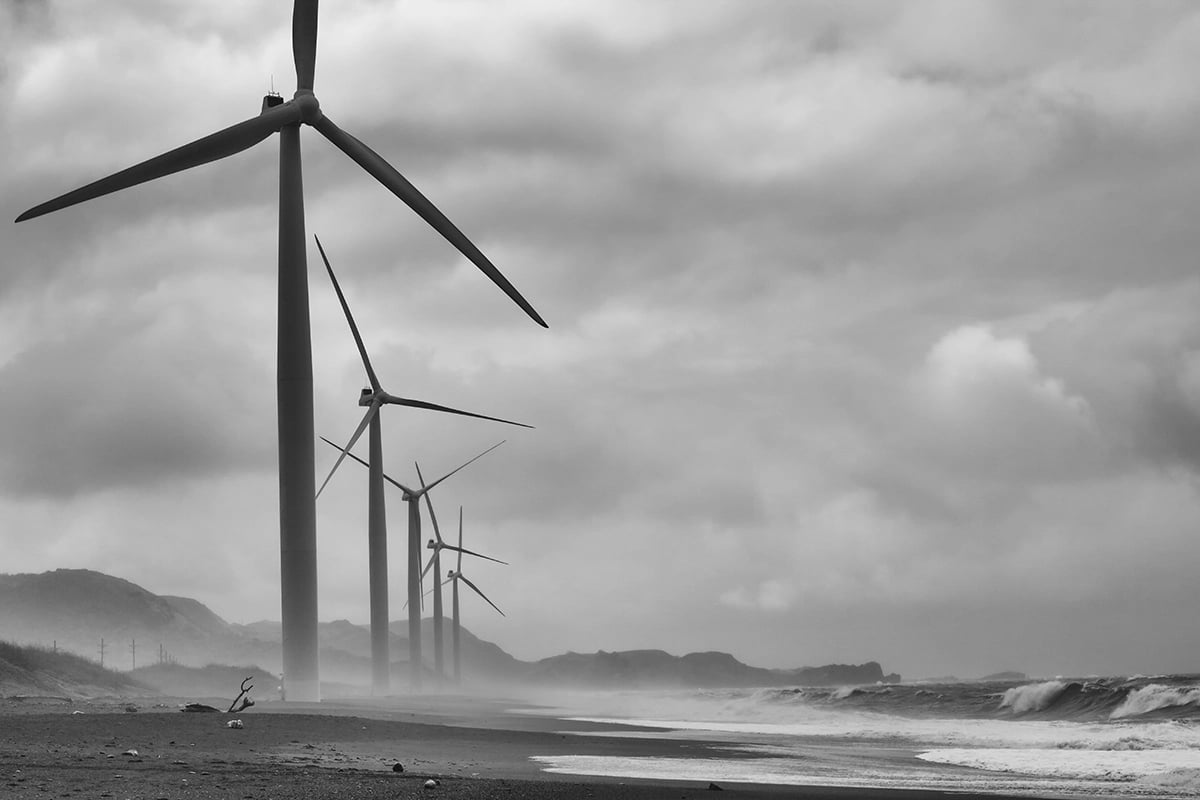The right way to dry your wind turbine depends on your specific dry-air strategy and how much consideration has been given to the issue of unwanted humidity. We provide different dry-air solutions from design collaboration through to retrofitting for extending end-of-life, reducing maintenance cost, avoiding wind turbine failure and wind turbine downtime—maximising uptime.








